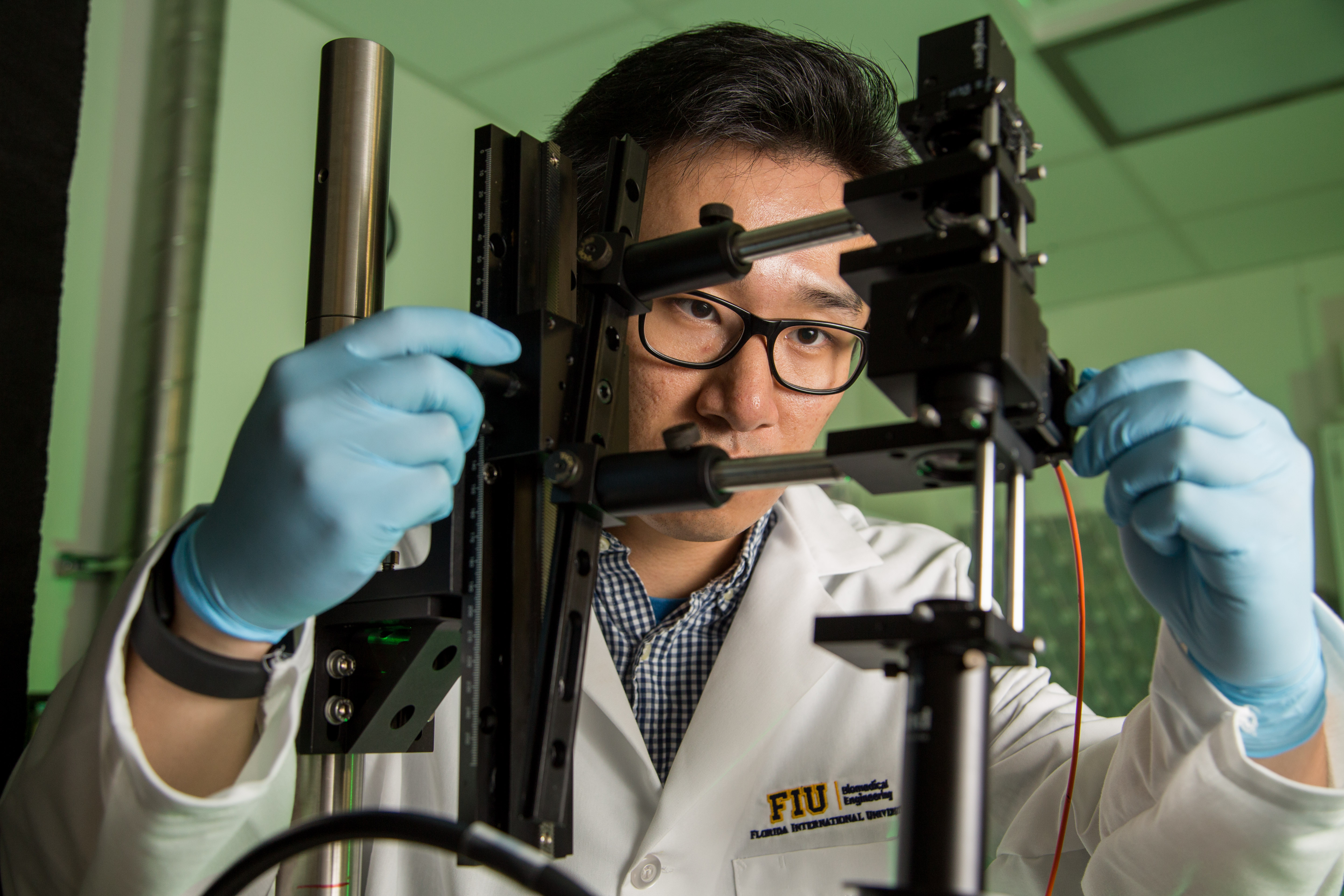
The primary research interest of the Neuronal Mass Dynamics (NMD) laboratory is the development of methods for the integration of different brain imaging modalities. These methods will found direct translations into clinical practice, for instance in the diagnosis and intervention of a variety of brain disorders. Although epilepsy and migraine constitute our primary focuses of attention, other brain disorders (e.g., Alzheimer Disease and Autism) will be included later on in our portfolio. For each disorder, our research focused on three major areas: a) abnormalities of the cortical microcircuits, b) the biophysics of the neurovascular decoupling and c) genetic imprints by inflammatory processes. These three areas of interest are linked via Biophysical Models developed in the lab. Members from the NMD lab evaluate their methods using pre-clinical models (i.e. rodents) of each brain disorder and, in collaborations with local hospitals, translate them into the clinical field. In the NMD lab, two groundbreaking techniques have been developed. The first one is a high-resolution 3D silicon-based probe (Neuronexus Tech) and the second one is an EEG mini-cap both for electrophysiological recordings at different brain scales (Cortech Solutions). These techniques are combined with both standard observation modalities and computational models for mesoscopic phenomena in the cerebral cortex.